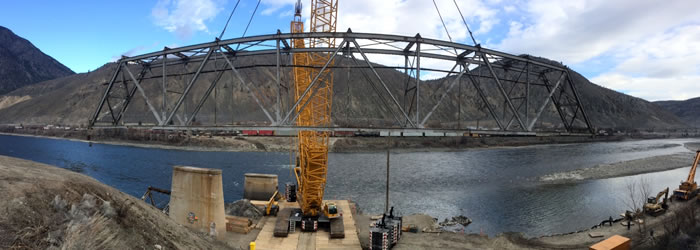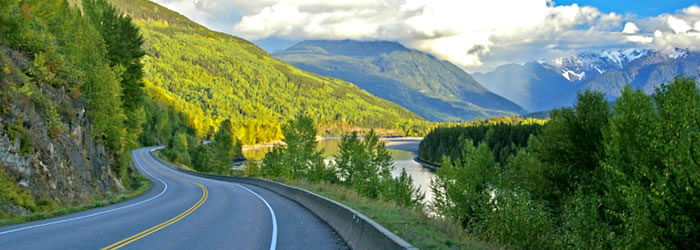Cone zones help to protect roadside workers, so slow down and drive with care. Their lives depend on it.
Driving and transportation
Popular Topics
RoadSafetyBC
Driving is a privilege, not a right. Road collisions are a leading cause of death and injury and are a major public health issue in British Columbia.
Commercial Transportation
Commercial and private vehicle safety, permits, enforcement, inspections, commercial trucking.
Services and information topics
Driving and cycling
Get information on licensing and insurance, seasonal driving, safety, popular routes, cycling, emergency contacts and resources for older drivers.
Passenger travel
Travelling by bus, taxi, ferry, air or rail? B.C.’s transportation network offers safe and reliable passage, whatever your preferred mode of travel.
Vehicle safety and enforcement
Commercial and private vehicles using highways and roads in B.C. need to follow standards and regulations provided by Commercial Vehicle Safety & Enforcement (CVSE).
Funding, engagement and permits
Funding, engagement opportunities and highway events help communities build and enhance transportation and infrastructure and promote economic growth.
Transportation infrastructure
Transportation planners, engineers and contractors plan, build and maintain B.C.'s safe and reliable highways, bridges and other infrastructure.
Transportation reports and reference
Strategic reviews, infrastructure planning, public engagement summary reports, and feasibility studies drive B.C.’s transportation planning.
Transportation and the environment
Learn how we lower the impact our transportation system and the environment have on each other.
Featured in Driving and transportation
Transportation Projects
Transportation infrastructure projects completed, underway or just announced.
DriveBC
Plan your route, find out about current road conditions, or report a highway problem.
In Focus
Province, mayors pledge stable, expanded transit services in Metro Vancouver
Thursday, April 10, 2025
Transit users in Metro Vancouver will not only see their bus service protected, but will also see more buses on the busiest routes, with new funding from the provincial government.


